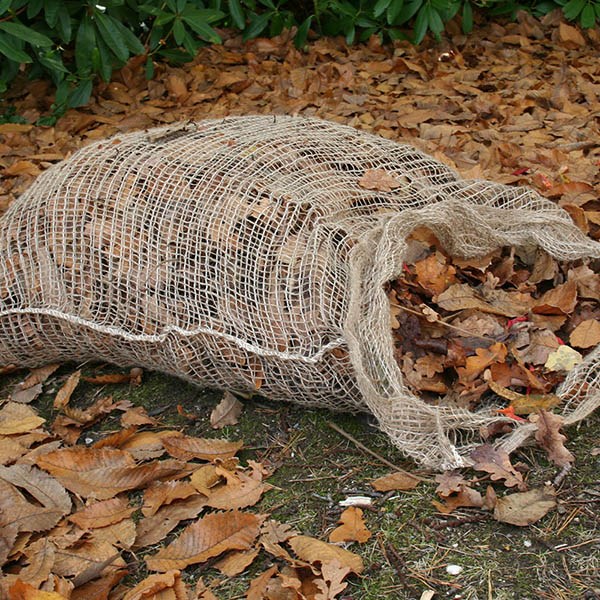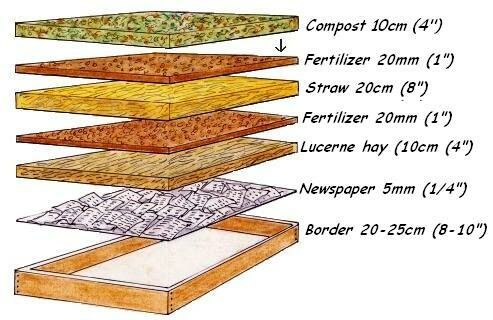
The life cycle of the leaf is very interesting and can be summed up a followed: The cycle begins when a tree makes its leaves in the spring, it concentrates all of its energy and nutrients into making them. It’s quite simple – the more leaves there are, the more photosynthesis can occur. When the leaves drop in fall, they create a ground cover for the trees to conserve moisture. As the leaves decompose, they provide the tree with added nutrients and resupplies the soil with microbes. The nutrients will go back to the soil where the roots can get to the nutrients and minerals in order to create more leaves in the spring. It’s a great cycle and can be utilized for your garden.
In the gardening community, leaves are huge. When they are composted they become known as “black gold,” a nutrient-rich material that can be used in a multitude of ways in the garden. Here are three ways to add leaves to improve your garden’s performance and growing season.
3 Ways to Add Leaves To the Garden
Leaf Mold is the result of allowing leaves to decompose over a series of months. Allowing the leaves to sit and slowly decompose in a pile or in an aerated container, will create an earthy leaf mulch to use in the garden. It is a great substitute for peat moss, which can be costly. This nutrient-rich mulch can be used during any growing season and will provide added cover to delicate root structures and prevent soil erosion at the same time. According to studies, adding leaf mold to soil or used as a partially decomposed mulch improved the soil’s moisture retention by 50%. It also insulates root crops such as carrots, turnips, and rutabagas, thus creating a longer growing season.
Adding leaves to compost heap is a great “brown” addition to use when composting. Adding leaves will help retain needed moisture for the compost heap, as well as provide important microbes to help during the decomposition process. Earthworms will feast on these leaves and in return make nitrogen-rich worm castings (worm manure) to use in the garden. To get leaves to decompose faster, go over the leaves with a lawnmower or chop them up. Of course, leaving the leaves whole is fine too, it just takes a little longer. Click here to learn more about composting.
Lasagna Gardening – This method has a lot of names: sheet mulching, no-till gardening or lasagna gardening, but it is the same type of gardening method. This method of gardening is equivalent to creating a miniature compost pile in the garden bed to decompose while the plants are growing. This takes minimum effort, creates nutrients and natural fertilizer for the plants, food for earthworms, and does not disrupt the earthworm environment that resides in your garden beds. It also utilizes the materials that one has on hand. This gardening concept mimics the natural layering method of the forest floor and is, therefore, the closest method to Mother Natures.
Which Leaves Are Best to Compost?
Although all leaves will decompose and add nutrients to the soil, there are a few that are better to use than others:
- Maple leaves are high in calcium and potassium and tend to break down easily.
- Oak leaves are slower to break down but are great for the garden.
- Honeylocust leaves are very fine, to begin with, so are great to use for garden purposes.
Think Twice Before Using These Leaves:
- Sycamore, black walnut and beechnut take a little longer to decompose, but can still be used.
- Any leaves from diseased plants or trees should be avoided.
Utilizing natural materials, such as leaves to use in the garden can improve your soil, naturally, fertilize, create a nutrient-rich mulch, as well as keep your soil moist. Leaves are a gift back from nature and utilizing them in the garden will reward you threefold.


